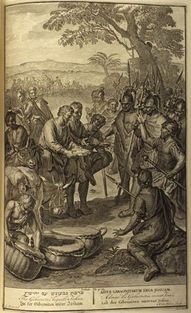The Song of Songs (part three)
The time scale of The Song of Songs is unclear. If the language is taken as pure metaphor the romance between the two speakers could be a very fast one, but if only a portion of the imagery is allegorical then Dodi and Rayati would have to spend potentially months apart. Whether their separation is brief or lengthy, the two lovers definitely demonstrate a shift in their language in the second chapter of the poem. There is an intensity in the words where in Chapter 1 there was only allure and curiosity. Their desire for one another escalates to the breaking point, but in Chapter 2 the lovers have not yet consummated their relationship.


